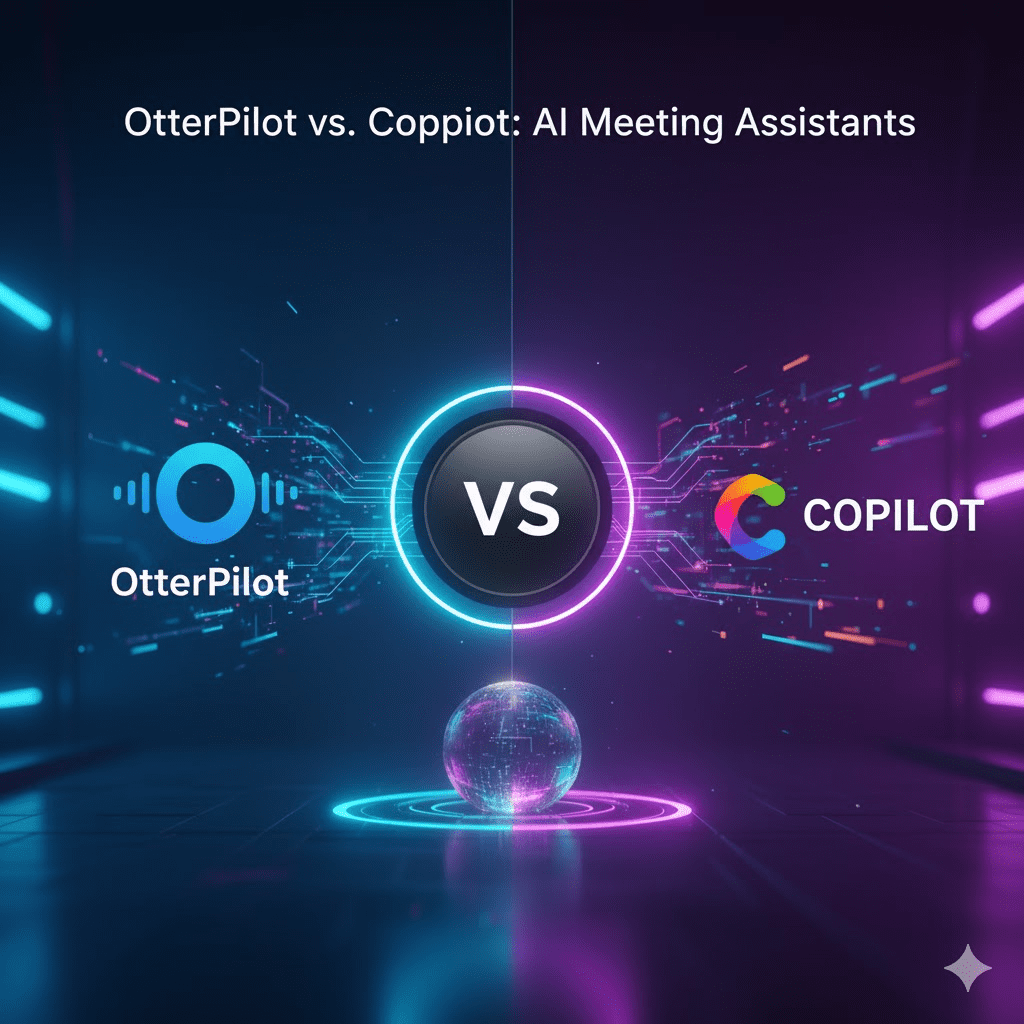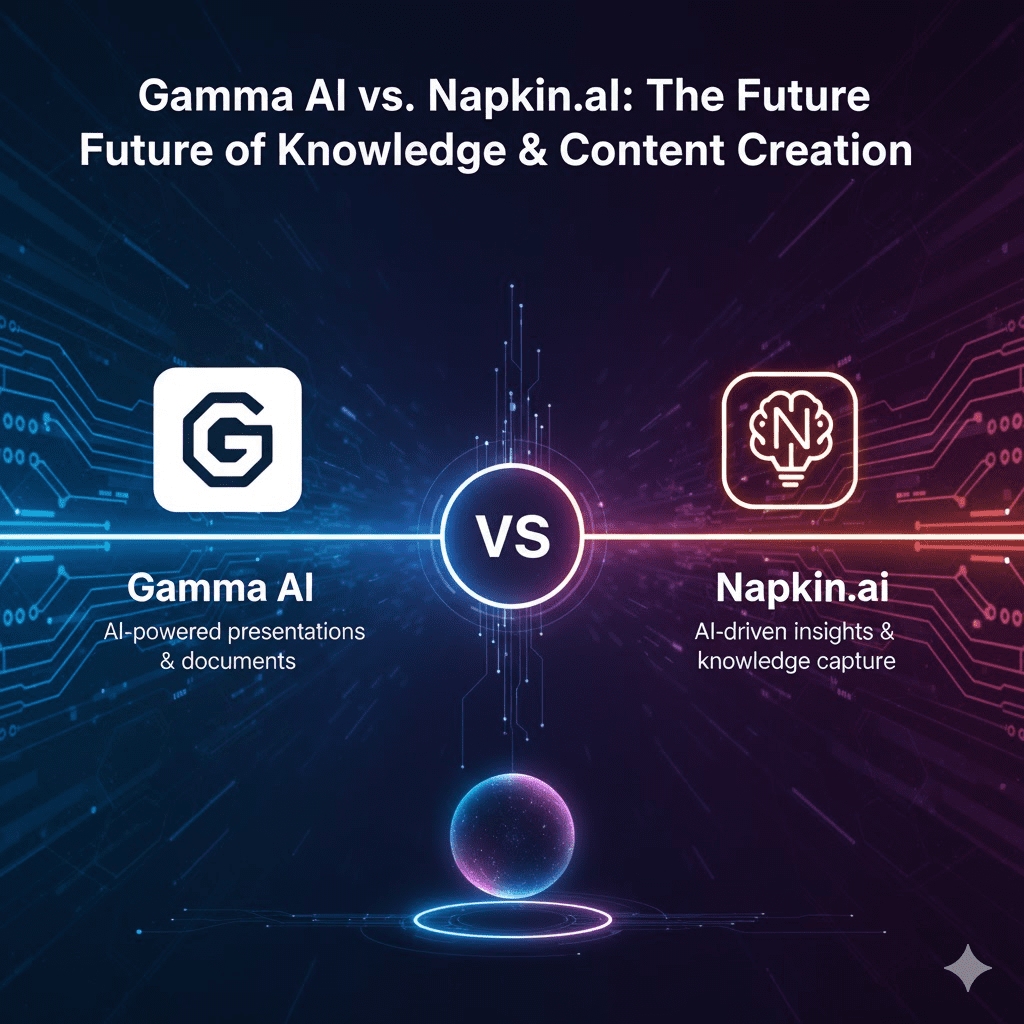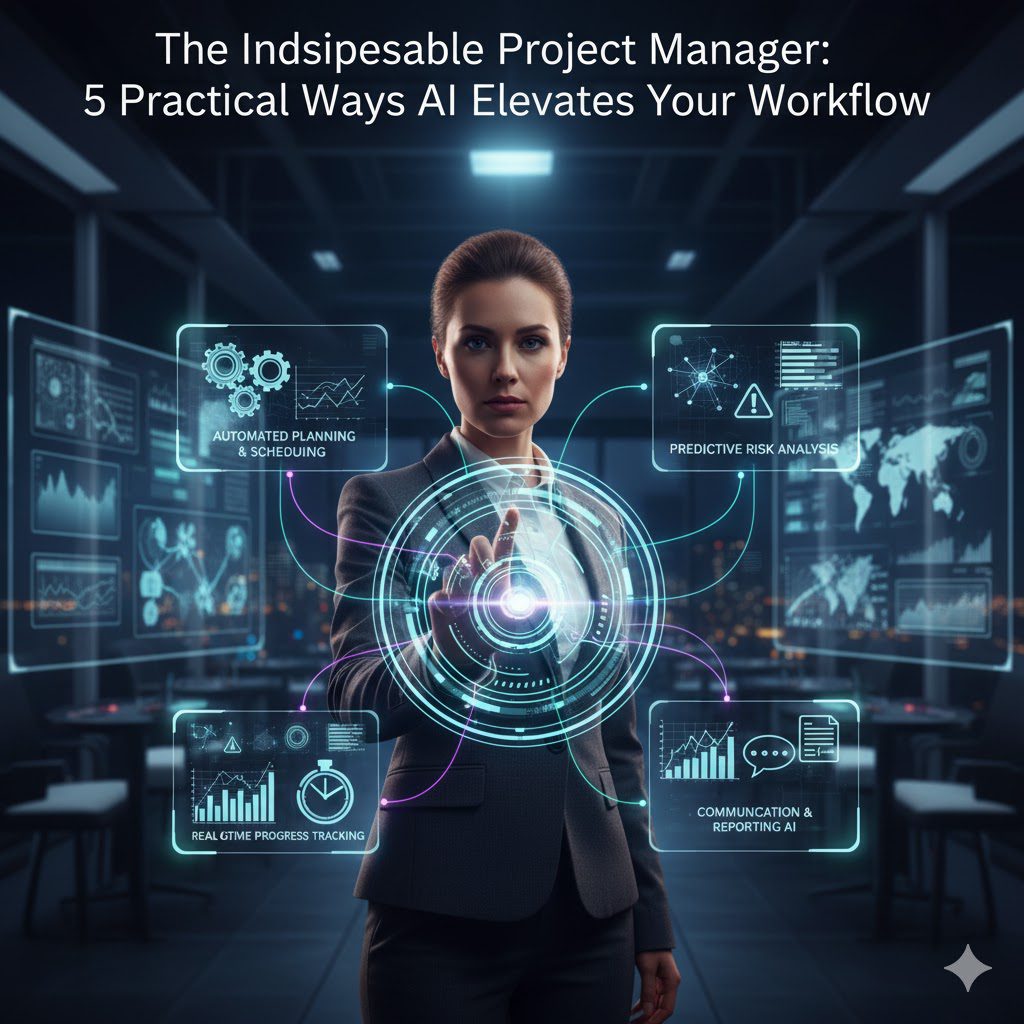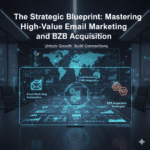In today’s fast-evolving professional landscape, Artificial Intelligence (AI) is no longer a futuristic concept—it’s a present-day reality transforming how we work, think, and lead. Nowhere is this shift more evident than in the field of project management. As AI tools become increasingly sophisticated and accessible, project managers around the world are asking a critical question: How can I use AI to enhance—not replace—my role?
Contrary to sensational headlines predicting the demise of human project managers, the truth is far more empowering. AI is not a threat to the profession; it’s a powerful ally. Project management, at its core, is a deeply human discipline. It thrives on emotional intelligence, stakeholder negotiation, adaptive leadership, and the ability to navigate ambiguity—skills no algorithm can replicate. However, AI excels where humans often struggle: in processing vast amounts of data, automating repetitive tasks, and generating structured outputs in seconds.
The real opportunity lies in leveraging AI to reclaim the 40–50% of your workweek currently consumed by administrative overhead. By integrating AI thoughtfully into your daily workflow, you can save 12 to 15 hours every week—time you can redirect toward strategic thinking, team development, and high-impact decision-making. This article outlines five practical, battle-tested ways AI can elevate your effectiveness as a project manager, positioning you as an indispensable leader in the modern enterprise.
1. Revolutionizing Meeting Management and Documentation
Meetings are the lifeblood of project coordination—but their administrative aftermath has long been a productivity black hole. Traditionally, capturing discussions, transcribing key points, identifying action items, assigning owners, and ensuring follow-up required hours of manual effort, often delegated to Project Support Officers (PSOs) or administrative staff. This burden not only delayed documentation but also introduced human error and inconsistency.
Enter AI-powered meeting assistants like Microsoft Copilot and Otter.ai. These tools automatically record and transcribe meetings in real time, going far beyond basic speech-to-text. They identify individual speakers, extract action items with clear owners and deadlines, track attendance, and flag critical decisions—all without human intervention.

Within minutes of a meeting ending, you receive a structured summary. What once took a PSO 2–3 hours to compile manually is now available instantly. You can then feed this raw transcript into a large language model (LLM) like Claude or Copilot to polish it into formal Minutes of Meeting (MoM) that align with your organization’s formatting standards.
This streamlined workflow reduces a multi-hour task to under 15 minutes. More importantly, it transforms the role of support staff. Rather than spending their days on transcription, PSOs can now focus on higher-value activities like risk monitoring, data analysis, and cross-functional coordination. While the demand for purely administrative roles may shrink, the strategic value of well-supported project teams will only grow.
2. AI as a Personal Tutor for Software Mastery
Project managers are expected to be fluent in a wide array of tools—from Microsoft Project for scheduling to advanced Excel for data analysis. Yet few have the time or resources to enroll in formal training programs. This is where AI becomes your on-demand coach.
Imagine you need to build a complex project schedule in MS Project but aren’t familiar with critical path tracking or constraint settings. Instead of sifting through outdated forum posts or video tutorials, you can use AI platforms like Google AI Studio (with secure screen-sharing capabilities) to receive real-time, context-aware guidance. As you navigate the interface, the AI observes your cursor and application state, offering precise instructions: “Click ‘Task Information,’ then go to the ‘Advanced’ tab to set your constraint type.”

Even seasoned professionals benefit from this just-in-time support. Forgetting a shortcut or obscure function is no longer a roadblock—it’s a 10-second query away from resolution.
Similarly, data analysis in Excel becomes dramatically more intuitive with AI. Tools like Numerous.ai allow you to ask natural language questions: “Which project phases are consistently over budget by more than 10%?” or “Show me engineer utilization across all active projects in Q3.” The AI instantly analyzes your spreadsheet, generates pivot tables, and visualizes trends—no VLOOKUP, INDEX-MATCH, or manual charting required.
This doesn’t eliminate the need to understand your data—it removes the technical friction that slows you down. The result? A learning curve that shrinks from months to weeks, freeing you to focus on what truly matters: interpreting insights and making informed decisions.
3. Instant Summaries for High-Stakes Stakeholder Communication
In fast-paced organizations, project sponsors and executives often demand immediate updates—sometimes mid-meeting. Imagine being asked, “What’s the latest on the fire safety upgrades project?” when your inbox is flooded with dozens of email threads spanning weeks of technical discussions between contractors, compliance officers, and finance teams.
Manually synthesizing this information under pressure is not only time-consuming but error-prone. AI offers a smarter solution—if you’ve laid the right groundwork.
The key is discipline in email organization. Categorize all project-related messages into dedicated Outlook folders by project name. This simple habit ensures your data is structured and AI-ready.
When a stakeholder requests an update, export the relevant email chains (20, 30, or even 50 messages) and feed the entire text dump into a secure, enterprise-approved LLM like Microsoft Copilot, ChatGPT, or Claude. Then, apply a precise prompt:
“Generate a concise, executive-level summary of the fire safety upgrades project. Include key decisions, outstanding issues, budget impacts, and proposed next steps.”

Within seconds, you receive a polished, actionable brief. But the real magic isn’t just summarization—it’s synthesis. AI detects patterns, surfaces buried decisions, and identifies action items that might be lost in a human’s quick skim. This capability transforms you from a reactive reporter into a proactive strategic partner—delivering real-time, data-backed insights that build trust and credibility.
4. Accelerating the Creation of Professional Training Materials
Project managers are often called upon to train teams on methodologies like Agile, Waterfall, Lean, or Six Sigma. Historically, creating engaging, visually compelling presentations was a grueling process: hours in PowerPoint, hunting for images, wrestling with SmartArt, and manually building flowcharts. A single 15-slide deck on Agile Risk Management could consume 6–8 hours and still look amateurish.
Today, AI-powered content engines like Gamma AI and Napkin.ai change the game entirely.
With Gamma AI, you simply input a prompt—e.g., “Create a 20-slide training on Agile Project Risk Management for Cybersecurity Teams”—and receive a professionally designed, logically structured presentation in under 30 minutes. The output includes cohesive visuals, clear headings, and audience-appropriate language. While minor refinements may be needed for branding or tone, the foundational work is complete in a fraction of the time.

Napkin.ai excels at visualizing complex concepts. Paste a textual explanation of the Critical Path Method (CPM), and the tool auto-generates a network diagram with dependencies, milestones, and the critical path clearly highlighted. What once took 1–2 hours of manual diagramming is done in under 60 seconds.
These tools don’t replace your expertise—they amplify your ability to communicate it. You spend less time on production and more time on delivery, engagement, and adapting content to your audience’s needs.
5. Strategic Decision Support: Risk Registers and Value Assessments
Perhaps the most transformative—and underutilized—application of AI is in strategic project planning. AI can assist in developing comprehensive risk registers, value engineering assessments, and best-value option analyses—but only if used with rigor.
The cardinal rule? Garbage In, Garbage Out (GIGO). AI is only as good as the context you provide. A vague prompt like “Create a risk register for a construction project” will yield generic, unusable output. But a rich, detailed input produces actionable intelligence.
For example, when managing a $2.3 million fire safety upgrade across four operational hospital buildings, you might feed an LLM the following:
- Project Charter
- Technical specifications
- Stakeholder profiles
- Regulatory requirements (e.g., CDM 2015 and HTM standards)
- Constraints (e.g., 24/7 operations, asbestos presence, winter delivery window)
Then, use a precise prompt:
“Generate a risk register for a $2.3M hospital fire safety upgrade involving asbestos, 24/7 operations, CDM 2015 compliance, and a six-month winter timeline. Include probability/impact ratings and mitigation strategies for each risk.”
The AI can return a detailed register with 40+ risks—ranging from contractor delays due to weather to compliance violations during live operations—each with tailored contingency plans. This isn’t replacement thinking; it’s augmentation. The AI surfaces risks you might overlook; you apply judgment, experience, and stakeholder insight to prioritize and act.
This frees you to focus on the irreplaceable human elements of project leadership: aligning cross-functional teams, managing difficult stakeholders, and inspiring teams through uncertainty.
Conclusion: The Future Belongs to the AI-Augmented Project Manager
The question is no longer “Will AI replace project managers?” but rather “Which project managers will thrive in an AI-augmented world?”
AI will not eliminate the need for human project managers. Instead, it will empower a new generation of leaders who use technology to eliminate drudgery and amplify impact. The most successful PMs of tomorrow won’t be those who resist AI—they’ll be the ones who master it as a force multiplier for their uniquely human skills.
By adopting AI for meeting documentation, software learning, stakeholder communication, training development, and strategic decision support, you reclaim hours every week. Those hours become your competitive advantage—time to build trust, navigate complexity, and drive outcomes that matter.
The choice is yours. Will you remain mired in administrative tasks, or will you step into a higher-value role as a strategic, AI-savvy project leader? The tools are ready. The future is waiting.






